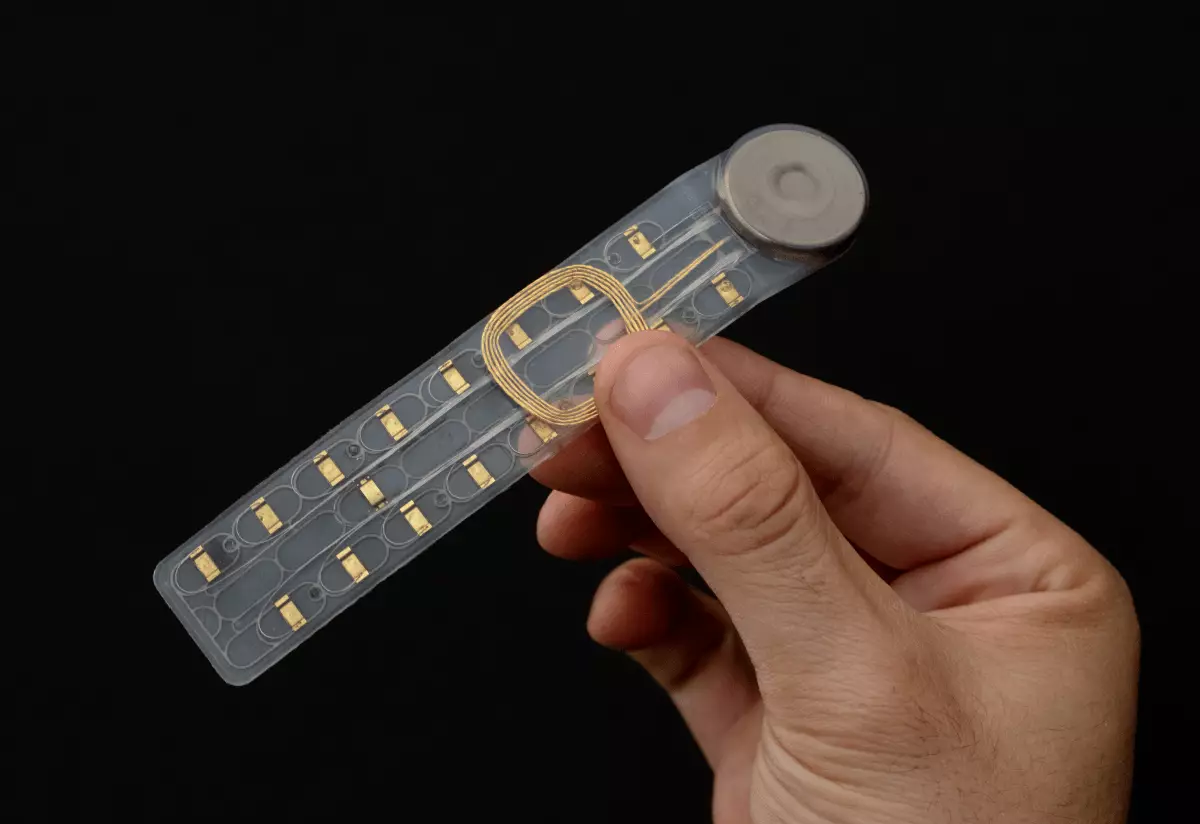As advances in technology continue to accelerate at an unprecedented rate, the realm of science fiction is steadily blending with the fabric of reality. One exciting frontier that has garnered attention and interest is the integration of neurotechnology and bionic implants. A groundbreaking player in this field is Phantom Neuro, a forward-thinking startup that has recently raised an impressive $19 million in funding. Their innovative approach combines medical science and technology to empower individuals with prosthetics, redefining possibilities for amputees while embracing the potential of human-computer interaction.
At the core of Phantom Neuro’s mission is a wristband-like device designed to be implanted under the skin, functioning as a neural interface that allows individuals to intuitively control prosthetic limbs. The appeal of this technology lies not only in its mechanical function but also in its profound psychological impact on users. For many amputees, the sensation of “phantom limbs”—the psychological perception of having a limb even after its loss—leads to confusion and frustration. This startup aims to harness that experience, using it as a foundation for developing technology that bridges the gap between mind and machine.
Strategic Achievements and Financial Backing
The funding gathered by Phantom Neuro is vital for its continued development and commercialization trajectory. Notably, the company has received FDA designations that classify its device as a Breakthrough Device, along with a designation designed to expedite its path to market—yet another indication of the startup’s credibility and potential impact in the medical tech industry. Investors, including industry giants such as Ottobock, have come together to support this venture, recognizing the strategic importance of nurturing innovative solutions in prosthetics and bionic applications.
Phantom Neuro has positioned itself among other medical technology players, showing concrete operational success through clinical testing. The startup reports that its proprietary software, “Phantom X,” achieved a remarkable 94% accuracy rate in translating nerve impulses into specific hand and wrist movements. This level of reliability signifies a significant leap toward creating prosthetic solutions that adapt to the users’ natural intentions, drastically enhancing their quality of life. The beauty of a mere ten-minute calibration period to restore substantial limb functionality can’t be overstated.
Dr. Connor Glass: The Vision Behind Phantom Neuro
Leading this odyssey of innovation is Dr. Connor Glass, a visionary fueled by personal ambition and experiences. Passionate about creating a broader impact, Glass’s journey began under unexpected circumstances; he initially aimed for a military career but faced setbacks due to recurring stress fractures. Pivoting towards medicine, his early exposure to neuroscience planted the seeds for his later exploration of brain implants and control of physical movements.
Dr. Glass’s perspectives on existing neural technology shaped his drive toward seeking a less invasive and scalable solution. Observations from his time at Johns Hopkins revealed the cumbersome nature of current technology, prompting a shift in his focus to peripheral nerve signaling instead of bulky brain implants. This insightful pivot allowed him to consider what functionalities could be revived for amputees using the body’s natural neural wiring.
Changing Perceptions: Navigating Ethical Concerns and User Willingness
While the potential applications of Phantom Neuro’s technology are enticing, we must confront the psychological barriers regarding human enhancements. The thought of implanting devices beneath the skin may evoke discomfort or skepticism among potential users. However, it’s crucial to contextualize this approach within the realm of established medical practices. The act of implanting technology for various therapeutic needs—including heart monitors, birth control devices, and spinal cord stimulators—has become standard in contemporary healthcare.
Phantom Neuro’s strategy will initially cater to prosthetic arms, eventually expanding to leg support and other applications, illustrating not just a singular solution but a broader vision for integrated technologies in human life. The prospects of using these devices beyond rehabilitation extend to the realms of robotics and artificial intelligence, paving the way for futuristic applications where AI algorithms learn nuanced human-like movements.
As Phantom Neuro embarks on this journey to revolutionize how we interface with technology and our own biology, the challenges lie not only in the development of their devices but also in fostering public acceptance. It’s essential for the startup to effectively communicate their vision and the profound benefits that such an interface may yield.
Through this ambitious venture, Phantom Neuro is not just creating a brand-new category of medical technology; they are on the cusp of redefining human experience by enabling amputees to regain control over their lives. The journey toward a harmonious fusion of humanity and technology is complex, yet as we watch companies like Phantom Neuro blaze new trails, we inch closer to a future where such a vision can thrive.

